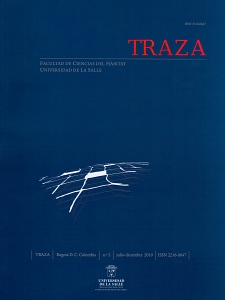Abstract
The following notes give account of an investigation, conducted from early January to late May 2009, on the Caribbean city of Barranquilla, focusing in particular on those parts of the city close to the Magdalena River and exploring the different ways in which they establish relations. This exercise of urban analysis has not been conducted according a traditional linear process of analysis and project but unbalancing on the side of the project, emphasizing its character of tool of spatial investigation. In order to achieve this the investigation started from a particular scenario, supported by the willingness of some urban institutions, to provide the city, at its parts facing the Magdalena river, an articulated system of facilities corresponding to an Expo and a fair. The characters and the spatial possibilities of all these devices has been projectually explored and investigated to understand the ability they have to help redefining the relationship between city and the Magdalena River with its network of canals and its uncertain pattern of urban drains (the Arroyos) corresponding to a system of urban roads perpendicular to the river. The unfolding of this research focused on three sets of issues that together constitute, beyond the project outcomes, maybe the more relavant results. These three groups, gathered here around three images, identify some of the issues with which a transformation project for the city facing the river should be assessed: “Places of exception”, “Amphibians Spaces, “Cosmo-Plantation”.Downloads
Download data is not yet available.



